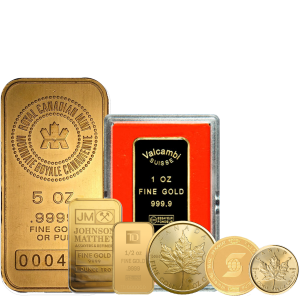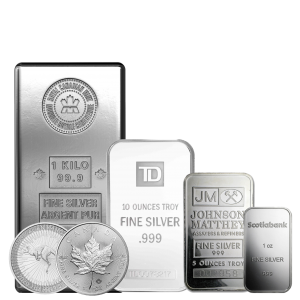

Half-Dimes and Dimes Articles


Seated Liberty Half Dime (1837-1873)
The period from 1837 and 1873, which was the period in which the Seated Liberty Half Dime was manufactured, is important in the history of the United States money.
Read More

Barber Dime (1892 - 1916)
The Barber currency consisted of three different denominations: dimes, quarters, and half dollars.
Read More
Mercury Dime (1916 - 1945)
The Mercury Dime, which was issued from 1916 to 1945, is frequently regarded as one of the most prized coins in the history of American numismatics.
Read More
Roosevelt Dime (1946 to 1964)
After World War II, the Roosevelt Dime became an instant hit in the United States.
Read MoreImage Courtesy of Professional Coin Grading Service (PCGS.com)
The Origins of Half-Dimes and Dimes
Half-Dimes and Dimes are among the earliest coin denominations produced by the United States Mint, playing a crucial role in the young nation's commerce. The Half-Dime was first struck in 1792, even before the Mint was fully operational, and officially produced for circulation starting in 1794. As small silver coins, Half-Dimes served daily transactional needs in an economy that required fractional currency. Dimes, introduced shortly after in 1796, offered slightly more value while still fulfilling the demand for convenient small change.
Design Changes and Minting History
Throughout their production, both Half-Dimes and Dimes underwent several design transitions reflecting the evolving artistry of U.S. coinage. Early designs included the Flowing Hair and Draped Bust motifs, followed by the Capped Bust and Seated Liberty designs. The Half-Dime was discontinued in 1873, as the nickel five-cent coin became more practical for circulation. Meanwhile, Dimes continued to evolve with designs such as the Barber Dime, the beloved Mercury Dime, and the modern Roosevelt Dime, which has been in production since 1946.
Collectibility and Numismatic Appeal
Today, Half-Dimes and Dimes are cherished by collectors for their historical significance, design variety, and in some cases, their rarity. Half-Dimes, being smaller and older, are often more challenging to find in high grades, adding to their allure. Dimes, with their long and continuous history, offer collectors a wide range of key dates and design types to pursue. Whether admired for their artistry, historical context, or investment value, these small silver coins provide a rich window into the development of U.S. coinage.








